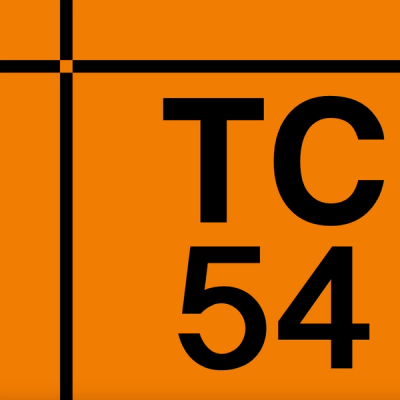📊 fastify-overview-ui
UI for fastify-overview's graphic representation.
This plugin will generate a UI to visualize the structure of your fastify application.
Here is a simple example of what you will see:

The previous image shows the home page of the UI.
It contains a Radial tree visualization.
The graph can be zoomed and panned to explor it regardless its dimensions.
It describes the structure of your application:
- the center of the tree is the root of your fastify application
- every
black node is a fastify context - every
red node is a hook - every
green node is a decorator - every
blue node is a route
So, by reading the graph you can understand the structure of your application and
the functions that is beeing executed whenever a route handler is called.
To lean how to read the graph, please read the following documentation.
Setup
npm i fastify-overview fastify-overview-ui
Note: This plugin requires fastify-overview to be installed (usage instructions).
Usage
await fastify.register(require('fastify-overview'), {...})
await fastify.register(require('fastify-overview-ui'))
The UI will be available at {your app's url}/fastify-overview-ui/
How to read the graph
The radial graph must be read from the center to the circle outside, in clockwise direction starting from the 12:00 position (see the fucsia trace):

So, reading the example image above, you can understand the following:
- The
Root plugin is loaded first - The
Routes plugin is loaded next - The
Note plugin is loaded next - The
childNodePlugin is loaded last
Every black node is a fastify context that may contain hooks, decorators and routes.
Thanks to the encapsulation
every context has a parent context and it inherits all the hooks, decorators and routes from its parent context.
For example: the GET /note/inheritance route is a child of the Note plugin context.
This means that, when a client will call that route, the parents' hooks will be executed first:
- The
globalHook will be executed first because it is nearest to the center of the graph - Then the
noteHook function will be executed because it is a hook of the Note plugin context.
Moreover, the route handler can access the someSupport and getAuthor decorators because they are inherited from parents nodes.
As exercise, you can read the graph and understand the hooks that are executed when the /example/list route is called.
Running the example
An example application is provided which can be used to try out the plugin.
npm run buildcd examplenpm run dev- open
http://localhost:3000/fastify-overview-ui
This will use the built version of the application. For developing the plugin see the next section.
Development
An example application is provided which can be used to develop the plugin locally while using the development version of the source code of the client application.
- run
npm run dev in the example/ folder - run
npm run dev in the root folder - open
http://localhost:3001 - make changes to the client codebase and see them reflected in the UI live
Radial mockups
Design proposal can be found in this Figma file.
License
Licensed under MIT.





